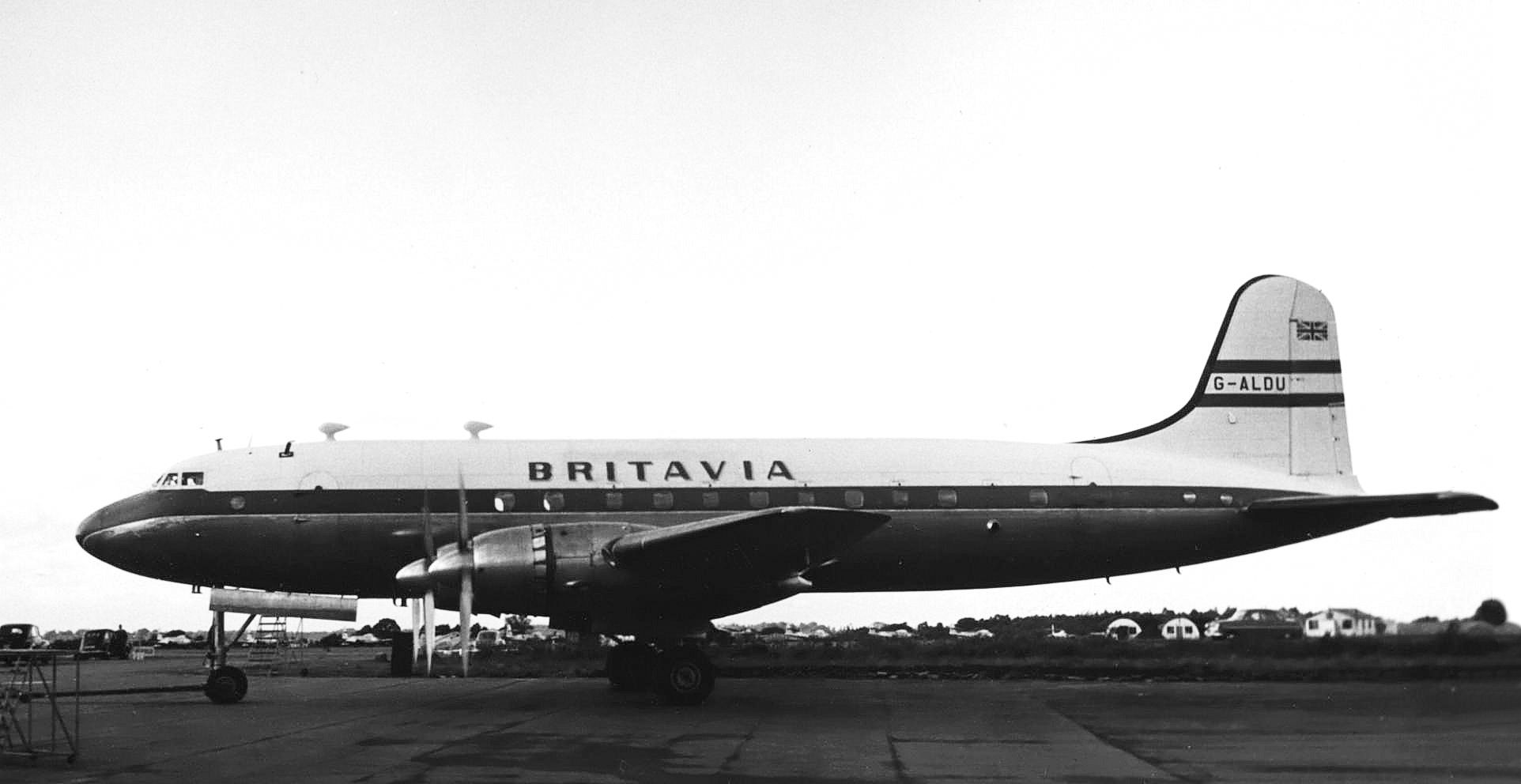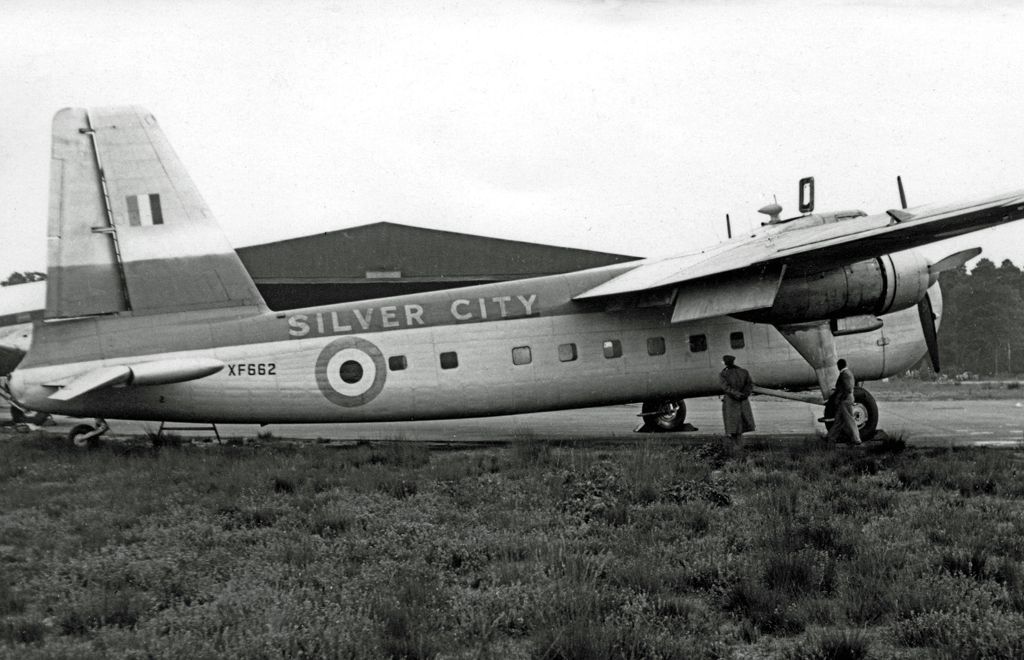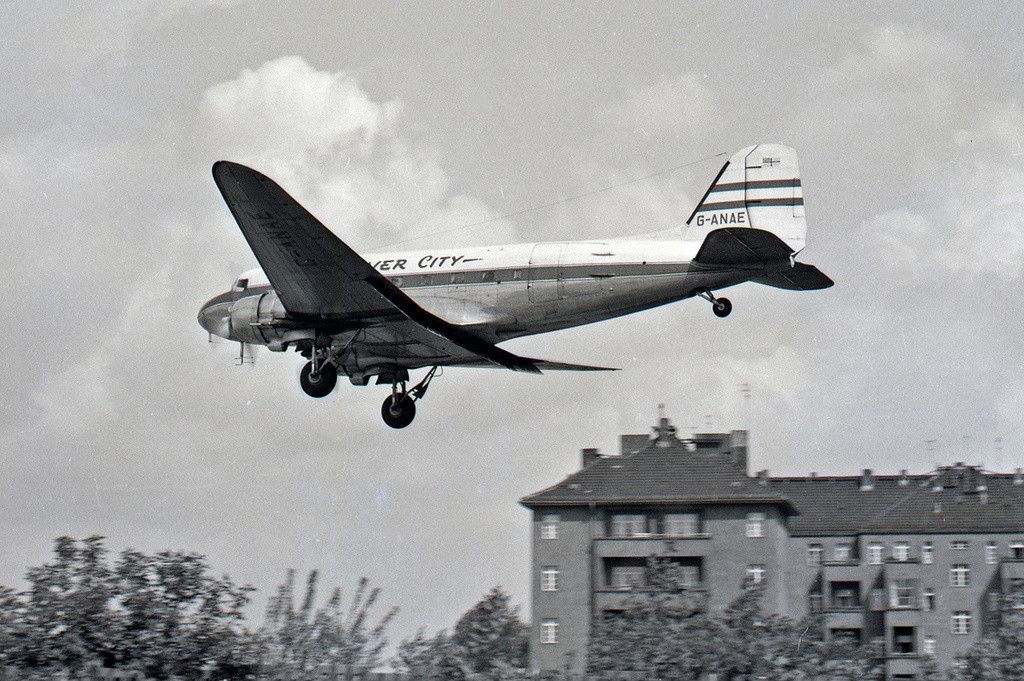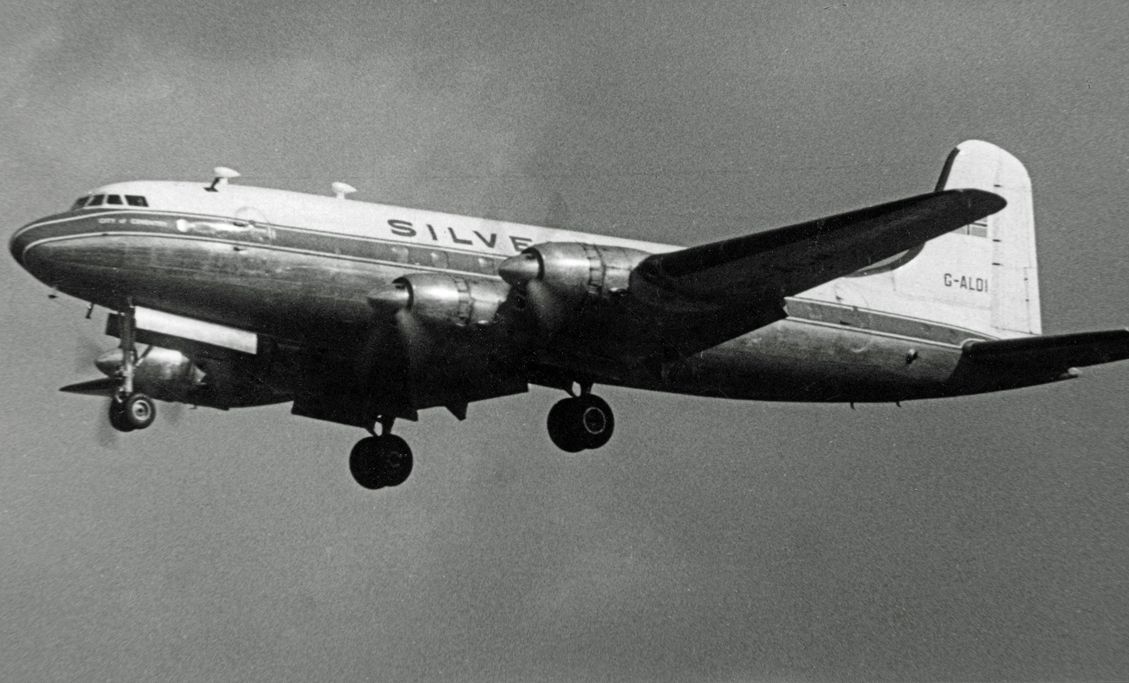British Aviation Services Limited (Britavia) was established in 1946 by a group of aviation specialists who envisioned the idea of ferrying airliners built in the United States to its operators in Europe.
The acquisition spree
Britavia took on its first acquisition in 1946, in the form of a minority stake in an existing private airline, Silver City Airways. Having Australian-based ownership, the Silver City Airways operated scheduled services mainly in Europe. With Britavia’s partnership, Silver City Airways introduced a cross-channel air ferry in 1948.
The air-ferry service became Britavia’s largest operating division. In the same year, Britavia bought out other shareholders of the airline and became the sole owner of Silver City Airways. As part of the deal, Britavia also acquired five Bristol Freighters and 10 Bristol Superfreighters, among others.
In 1953, Britavia took over Aquila Airways, which operated flying boat services in the UK, Portugal, Italy, and the Canary Islands. The airline was equipped with various variants of Short Solent aircraft for their island operations. The goal of the leadership team at Britavia was to increase flying boat frequencies on existing routes.
Moreover, Britavia intended to expand services to autonomous regions of Portugal, namely the Azores and Madeira. With the growing population of the small islands, Britavia foresaw a strong need to provide regular services to those regions.
Britavia took over Air Kruise, an independent charter airline, in 1953. With multiple acquisitions over the course of eight years, the company was reorganized to become the British Aviation Services (BAS) Group, with Britavia as the airline subsidiary.
The BAS Group
In 1954, the BAS Group purchased four Handley Page Hermes IV aircraft from the British Overseas Airways Corporation (BOAC). The Hermes could carry 40-82 passengers with a maximum takeoff weight of 82,000 lb (37,195 kg). The four Bristol Hercules radial piston engines gave the Hermes IV a range of 3,554 miles (5,720 km). The Hermes mostly operated troop flights, as well as packaged tours across Britain and Europe.
In May 1955, the BAS Group acquired Manx Airlines, a private charter airline based in the Isle of Man, with regional operations. Later that year, Britavia operated its first North Atlantic chartered flight from Blackbushe, UK, to New York, using the Hermes IV aircraft. With two stops, the total flight duration exceeded 17 hours.
In the years following that, the BAS Group acquired the Lancashire Aircraft Corporation (LAC) and Newcastle-based Dragon Airways. The aircraft acquired with the Dragon Airways deal, became part of the passenger services division at BAS and wore the Silver City Airways livery.
With numerous acquisitions covering a range of air-service divisions, and a strong fleet of 43 aircraft, Britavia became Britain’s largest independent airline in 1956.
Get the latest aviation news straight to your inbox: Sign up for our newsletters today.
Uncontrollable losses
In the later part of 1957, multiple trooping operators declared massive losses due to the loss of major trooping contracts to competitors. Two of the main causes were the aging fleet across most operators and BAS’s fragmented flight operations.
The BAS Group exhibited poor financial performance across multiple divisions, resulting in the liquidation and transfer of assets. A number of managerial and organizational changes took place to keep the BAS Group afloat, but financial losses kept increasing.
British United Airways (BUA), which formed through a merger of Hunting-Clan Air Transport and Airwork Services, surpassed Britavia to become the largest private independent airline in the UK in 1960. BUA took over the entire BAS Group, along with its subsidiary airline and various operating divisions, in 1962.
What is your memory of the BAS Group or its subsidiary Britavia? Tell us in the comments section.




